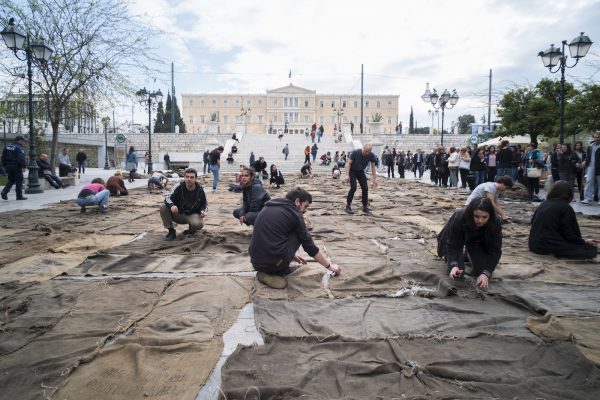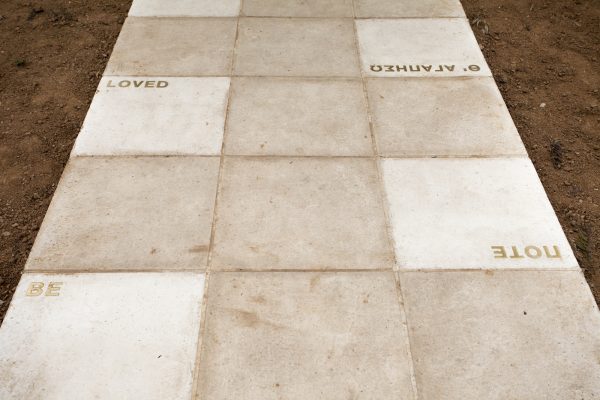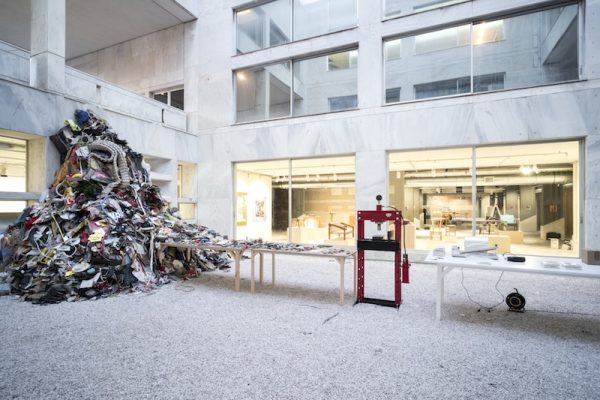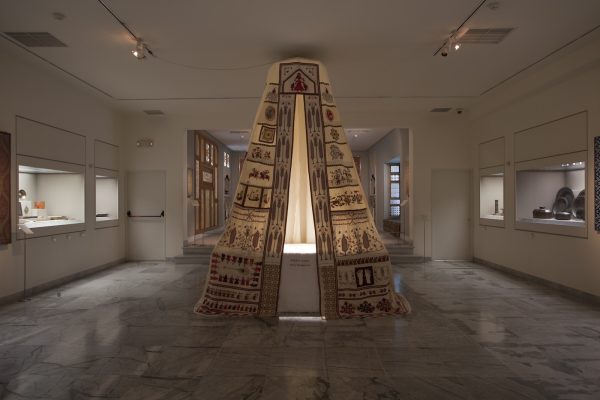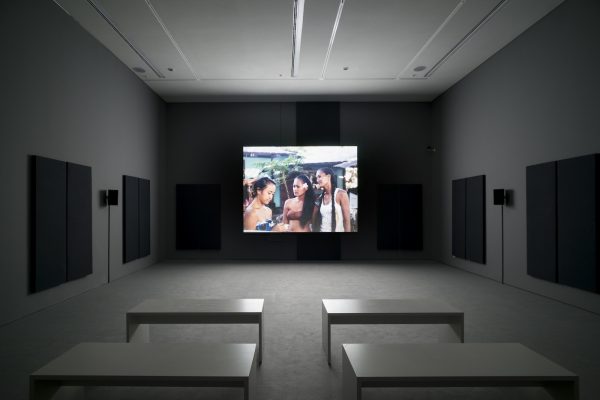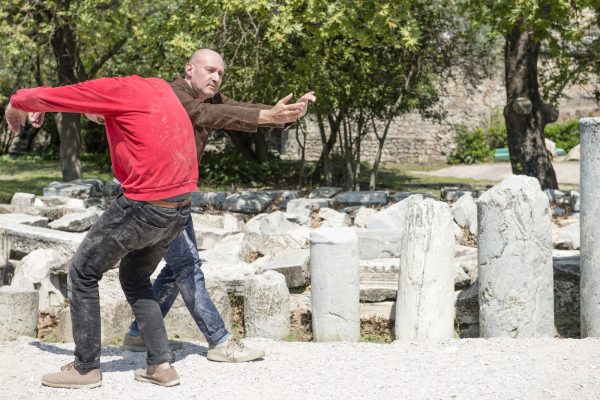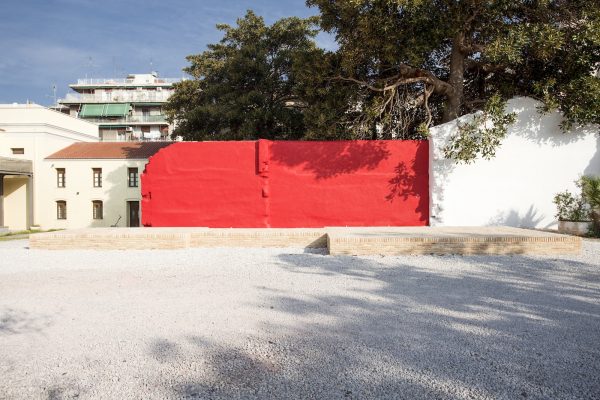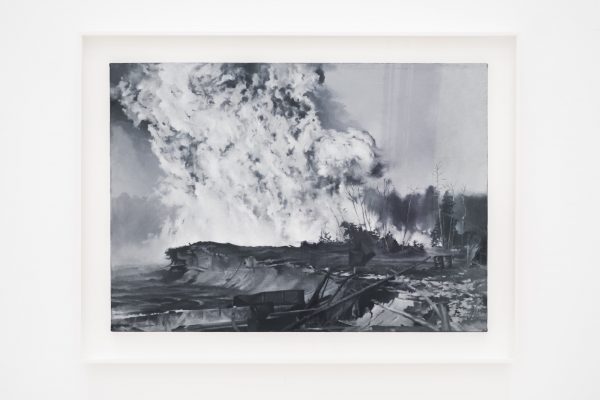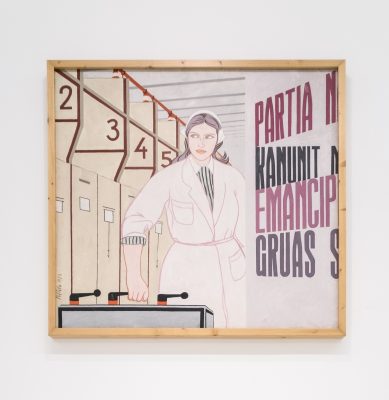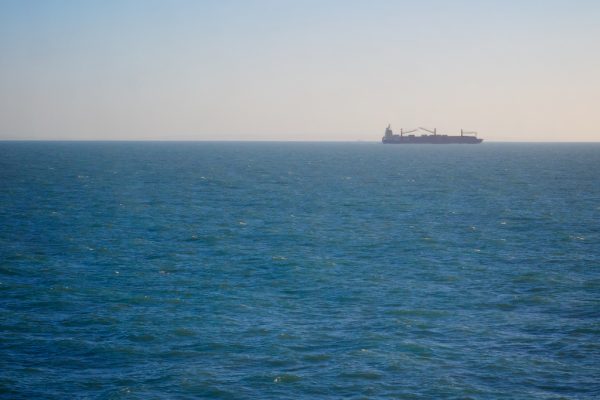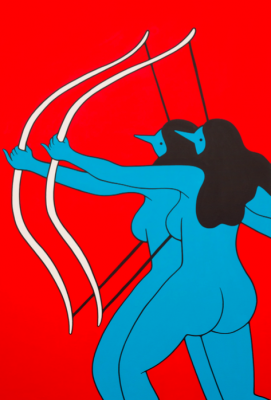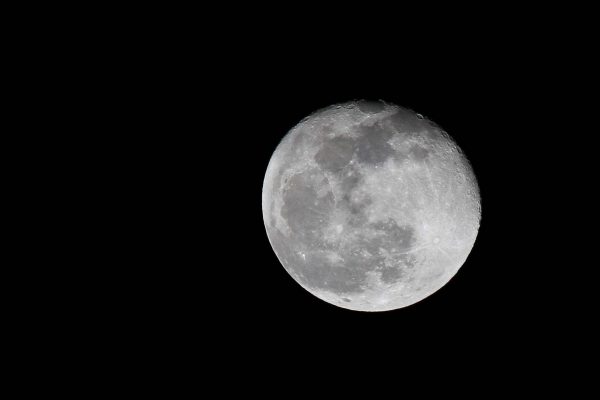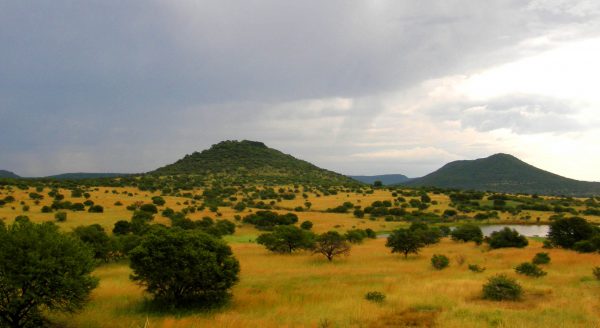The history of Documenta, a quinquennial contemporary art exhibition founded in the German city of Kassel in 1955, is the story of the post-war avant-garde. Born out of the rubble of Nazism — Kassel was a manufacturing centre specialising in the production of tanks, and was heavily bombed during the Second World War — the state-funded exhibition sought to reframe attitudes to culture skewed by the Third Reich’s denunciation of entartete kunst, its attacks on free expression, and its recapitulation of art as propaganda. Unsurprisingly given the circumstances of its birth, Documenta has historically been defined by its profound suspicion of the systems of money and power that serve to instrumentalise art. It enshrines a vision of culture as a means of resisting the kind of group think — characterised by the passive acceptance of images and information — that precipitated Europe’s descent into chaos, and which now threatens to do so again.
Those points of resistance have shifted over the decades. In the wake of Fascism, the free expression of Henry Moore and the playfulness of Alexander Calder’s mobiles thrilled audiences in 1955; in the coming editions, as Germany struggled to deal with the legacy of its actions during the war, visitors flocked to see Pop Art’s promotion of American freedom. When the mood shifted against capitalism and consumerism, so Harald Szeemann’s 1972 Documenta — one of the most important exhibitions in contemporary art history — focused on performances and ideas, meaning works of art that can’t be sold (although the market, ever ingenious, soon found a way). In 2002, Okwui Enwezor’s celebrated eleventh edition put forward a global vision of art that challenged the priority of North America and Europe and set the agenda for a decade in which institutions focused on acquiring Latin American, African and Asian art in order to balance out their collections (for one example, visit the recently rehung Tate Modern). So it goes on: Documenta is both survey and manifesto, redrawing the parameters of contemporary art at five-year intervals according to the socio-political circumstances in which it is staged.
Which brings us to 2017, and a Documenta divided — like Europe — between Germany and Greece. On the proposal of curator Adam Szymcyck, the exhibition opens for the first time in a foreign city, Athens, and will move to Kassel in June, spanning a total of 163 days. Much ink has already been spilled about the ethical implications of moving a German institution into the centre of a city wracked by its government’s insistence that Greece repay its debt (I’d refer you here to Iason Athanasiadis’s piece in ArtReview, which presents a more nuanced appraisal than most). There were protests against the opening in Athens, and an open letter, published by e-flux conversations and signed by ‘Artists Against Evictions’, accused visitors of blindness towards the grassroots social issues being played out on the city’s streets. Former Greek Finance Minister Yannis Varoufakis, no great friend to the Germans, has murmured darkly about cultural imperialism and poverty tourism. These contradictions will never adequately be resolved. Documenta 14 is damned if it does and damned if it doesn’t involve itself more directly in the politics of Athens. But this friction is entirely of a piece with the exhibition’s purpose, namely to bring to light the conflicts inherent in the production of culture. By electing to pursue this fraught and contradictory position, Szymcyck has raised the same questions of culture’s implication with politics — in this case with the economic systems that have impoverished Greece, with the fragmentation of Europe — that necessitated the foundation of Documenta in the first place.
The exhibition’s subtitle — ‘Learning from Athens’ — nods to German artist Christoph Schlingensief’s stated desire to ‘learn from Africa’ through the construction of an ‘opera village’ in Burkina Faso (the subject of Sarah Hegenbart’s piece ‘A New Idea of Art’, published in The White Review No. 5). Schlingensief was equally conscious of how problematic the idea of a dominant culture ‘learning’ from an oppressed one is. Yet he pressed on regardless, drawing attention to these contradictions even as he continued to believe that they did not invalidate the very possibility of cultural exchange, of the receptivity to other ideas and people that is fundamental to any civilisation that claims the name for itself. That courage is to be admired. Art is a space in which to identify cultural changes and conflicts, and to consider how they might be represented (think about the debates that sprung up around, say, Dada). What does it mean now to make state-funded art? Is cultural exchange any longer possible in an era increasingly defined by the erection of borders between cultures and the aggressive policing of an essentialist identity politics? What happens to art which has as its only master the market?
In Athens alone, Documenta 14 comprises 160 artists across 40 venues across the city, not to mention a quarterly journal and other publications; a wide-ranging public programme; a regular slot on Greece’s national television broadcaster showing artist’s films; a school hosting regular debates, assemblies and lectures; collaborations with local institutions (supporting local independent cinemas, for example, instead of building in viewing spaces to the exhibition halls); music concerts; and innumerable other offshoots. This exhibition, which in its installation in Athens is relatively conservative and conventional, focuses on marginalised and dissident artists from all over the world, including historic works from the eastern bloc alongside contemporary works from Latin America. There are none of the spectacular works that are typically used in exhibitions of this size to vary the tone and tempo, and very few young artists expressing ‘contemporary’ concerns (you would barely know, visiting, that the internet exists). There instead a strong focus on music; the rehabilitation of a number of forgotten Soviet Realist painters is a surprise; the transgression of borders and boundaries is a recurring theme. The exhibition is at times self-consciously difficult. The visitor is asked to work hard, to challenge herself, to encounter cultures with whose conventions she is not familiar, to think.
As a point of contrast: at the same time that Documenta was opening its doors to the public in Athens, Damien Hirst held a private view for his latest show at the French collector Francois Pinault’s private museums in Venice. The Red Hot Chili Peppers played the after party. I wasn’t there, but I didn’t need to be, I’ve seen the pictures. The premise of the exhibition is that a team of divers has recovered sunken treasure from a galleon loaded with statuary. These include a marble sculpture of a mouse with a grafted ear clambering over a colossal foot, dressed up as a relic from antiquity, and Rihanna cast as an Egyptian goddess. It is, let’s be frank, a piece of shit. A child would dismiss this exhibition as beneath her dignity. The idiocy of the work, and those with the money to buy it, might at another time be laughed off. But the notion of presenting a show that has as its premise a Mediterranean shipwreck during a migrant crisis that has left thousands in the sea is appalling. That curators, gallerists and critics with a financial or merely career investment in the circus around Hirst will be forced to defend it is exemplary of those parts of the art world that so repel those outside its bubble. Documenta exists to counteract these commercially motivated tendencies towards a stupidity which amounts, when the reckoning comes, to complicity.

